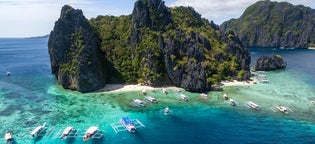Information about Silay City
5.0
3227 Google reviews
Attractions Nearby
Our best tours

Install the Philippines’ biggest travel app
Download the Philippines’ biggest travel marketplace to your phone to manage your entire trip in one place
Scan this QR code with your phone camera and press the link that appears to add the Philippines’ biggest travel marketplace into your pocket. Enter your phone number or email address to receive an SMS or email with the download link.














